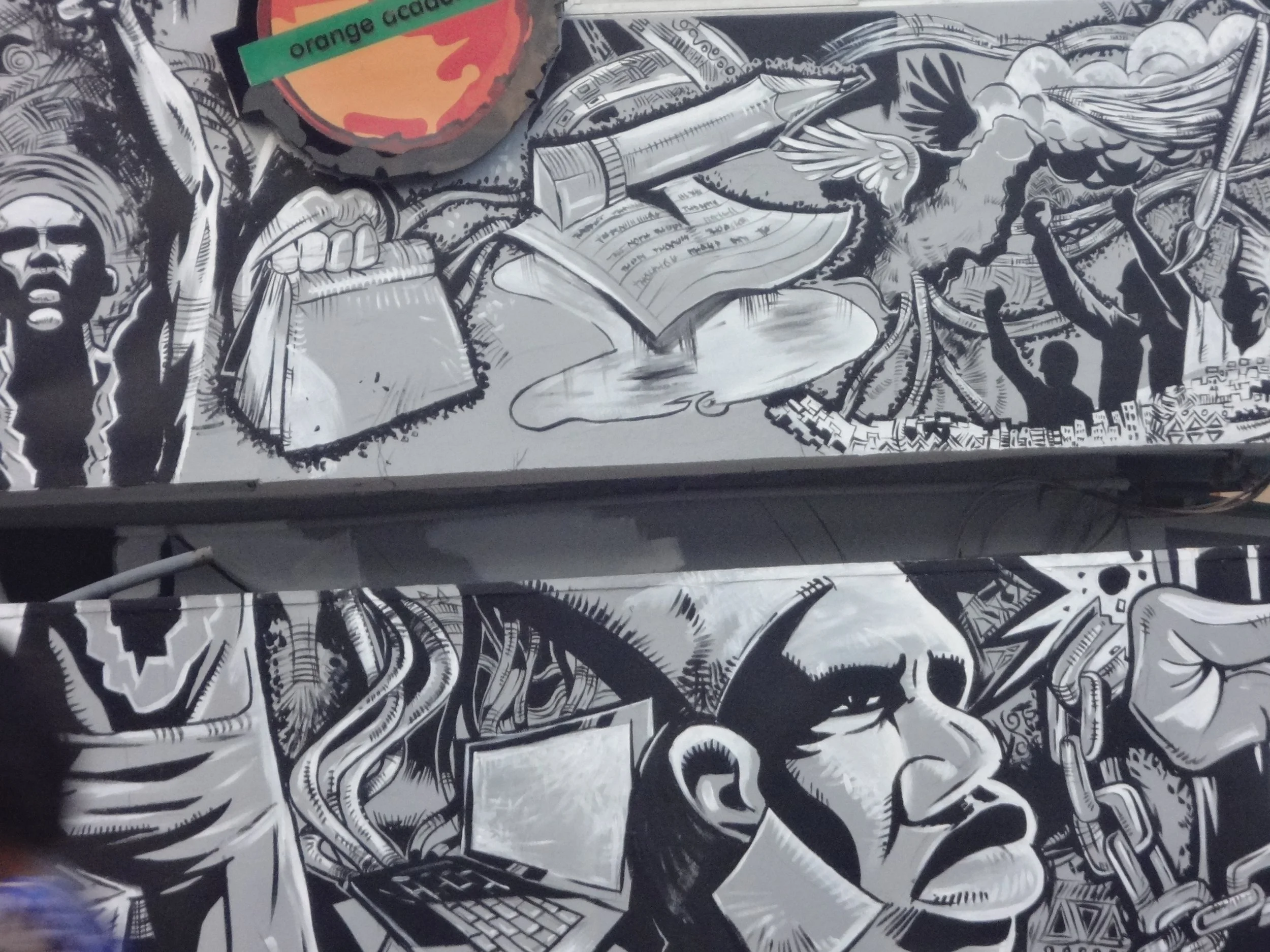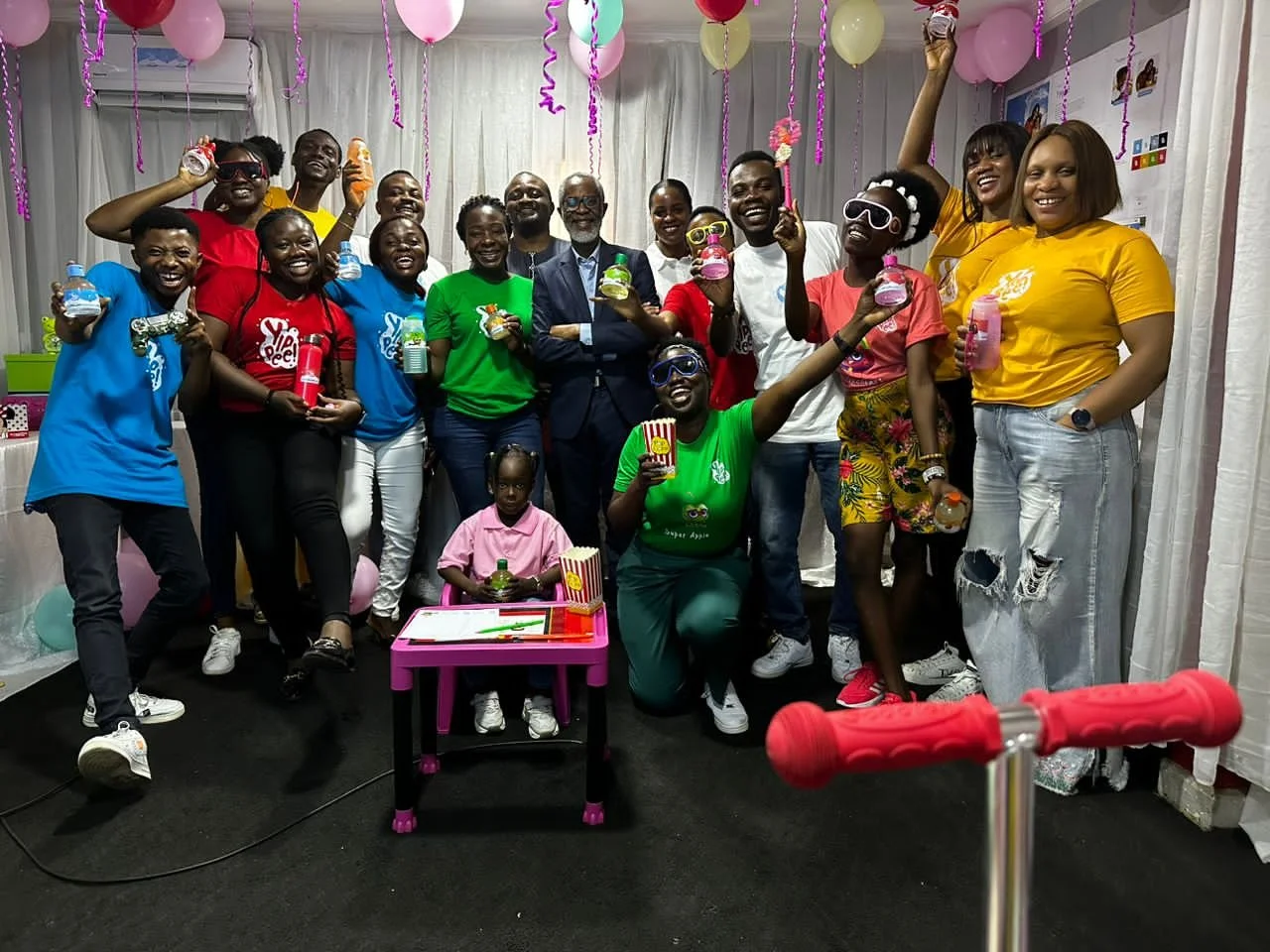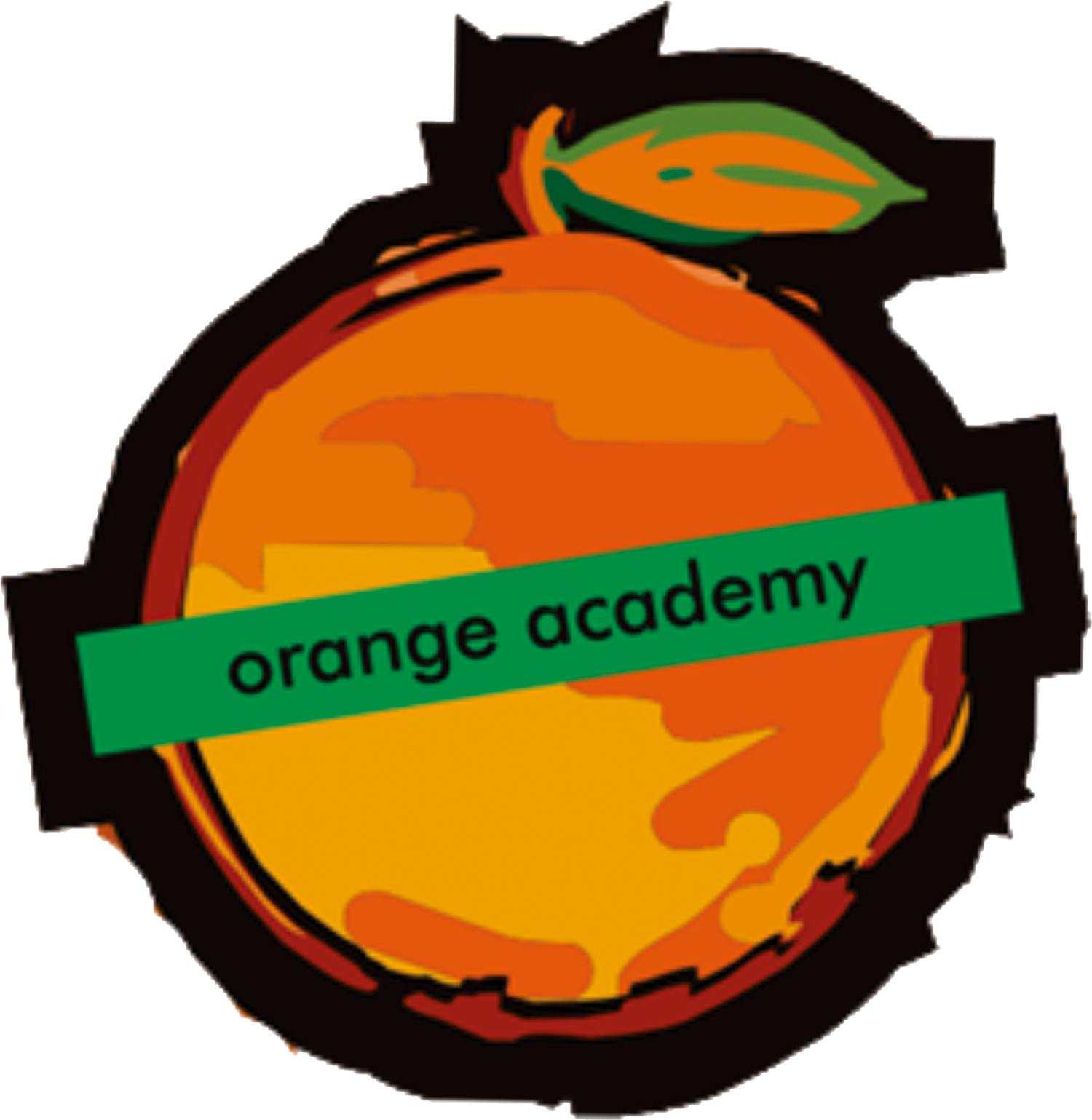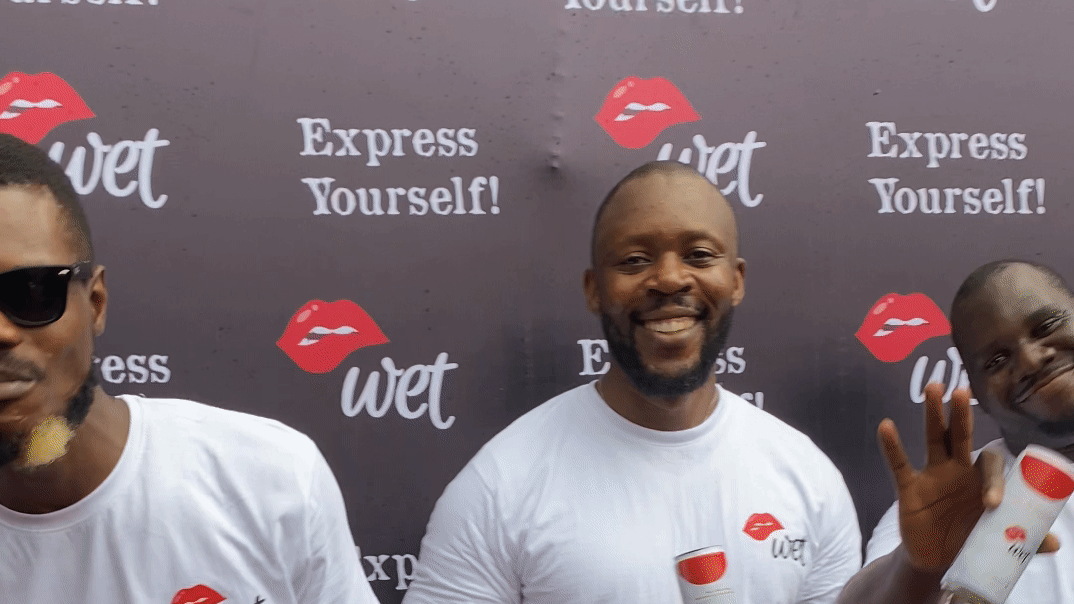“Inclusive Advertising: What Storytelling Gets Right (and Misses)”
Findings from Orange Academy’s 2019 study of 63 ads, a survey (n=109), and focus groups.
By Kehinde Bademosi in collaboration with Versa Research • December 13, 2019
Executive Summary
Our review of 63 brand ads (global and Nigerian) and follow-up audience research shows that, while “diversity” takes many forms, its practical intersection in advertising is inclusion and accommodation.
Storytelling helps ads break through clutter, aid comprehension, and drive sharing, but doesn’t automatically translate into interest in products/services unless brand linkage is strong.
Key takeaways
“Diversity” resonates most when framed as inclusive, accommodating everyday life (family, culture, belonging).
Storytelling captures attention and increases recall/virality; it clarifies the message more than it sells the product.
Humor boosts recall (e.g., culture-inflected family humor) but must not distract from brand cues.
Emotional tone matters: Empowerment, optimism, and confidence are correlated with a positive reception and discussion.
Clear brand linkage (product cues, benefits) is required to convert story attention into brand consideration.
Background
Storytelling has always been a way for humans to make sense of life. In brand communication, it has become a core strategy for capturing attention, conveying meaning, and fostering loyalty. “Diversity,” however, is variably defined. We drew on scholarship on difference and intersectionality to examine how brand stories depict diversity and whether they foster inclusion.
Business goal: Explore what theories of difference, diversity, and intersectionality bring to brand storytelling.
Research goal: Understand how brands use stories to foster inclusion and what impact those stories have on audiences.
Method (Mixed)
Desk research: 63 ads identified (47 international; 16 Nigerian).
Selection: 6 Nigerian ads chosen for inclusive storytelling cues.
Survey: n=109 (April–May 2019) among people who had seen one of the 6 ads; measured feelings, recall, discussion, and actions.
Focus groups: 29 Orange students (Nov 2019) explored self-identification, points of tension, and personal narratives after viewing three higher-impact ads.
Limitations: Several ad cells had small samples; interpret some item-level comparisons with caution. Findings reflect Nigerian cultural context at the time.
Findings
1) Inclusion is the common thread
Across depictions of physical ability, age, class, education, gender, religion, and ethnicity, the audience’s synthesis lands on inclusion and accommodation—“making room” for difference in everyday life.
2) Story first, product second (unless you design for linkage)
Storytelling:
Cuts through clutter and sustains attention in multitasking environments.
Helps audiences understand the message and increases the likelihood they’ll share it.
Does not automatically increase interest in products/services unless ads explicitly connect the story to the brand’s offer (clear cues, benefit scenes, calls to action).
3) Tone and devices that work
Humor anchored in family/culture → strong recall (e.g., intertribal in-law humor).
Spoken-word, music, and performance → emotional lift and memorability.
Positive emotion (empowerment, optimism, confidence) → more discussion and intent to share.
4) Relatability and post-viewing actions
Ads emphasizing togetherness, confidence, or cultural pride were rated most relatable.
Most common actions: telling someone about the ad and sharing the story; product exploration increased when ads included explicit brand/offer cues.
5) What people saw in themselves (FGDs)
Participants most often identified themselves as family-oriented, accommodating, and culturally sensitive. Common tensions included being misunderstood, cultural expectations, and feeling underrated. Personal stories emphasized the importance of accommodation, self-belief, and cultural identity.
Practical Recommendations
Design for inclusion
Center on everyday belonging (family, community, interdependence).
Portray difference without spectacle; normalize disability and diverse identities.
Make the story work for the brand
Add clear brand linkages: product scenes, benefit cues, distinctive assets, and a simple CTA.
Keep it simple and differentiated; avoid over-stuffed plots.
Use proven attention levers—judiciously
Humor that serves the point (not as a sideshow).
Music/spoken word to carry meaning and rhythm.
Close-ups of kids can heighten emotional connection—use with care.
Familiar faces can aid recall; ensure authenticity and relevance.
Measure what matters
Track not just views, but message comprehension, sharing, brand linkage, and consideration.
Selected References
Crenshaw, Kimberlé W. 1991. “Mapping the Margins: Intersectionality, Identity Politics, and Violence Against Women of Color.” Stanford Law Review 43: 1241–99.
Crenshaw, Kimberlé W. 1989. “Demarginalizing the Intersection of Race and Sex: A Black Feminist Critique of Antidiscrimination Doctrine.” University of Chicago Legal Forum: 139–67.
Collins, Patricia Hill. 2016. Intersectionality. Cambridge UK: Polity Press.
Atewologun, Doyin. 2020. “Intersectionality Theory and Practice.” In Oxford Research Encyclopedia of Business and Management. Oxford: Oxford University Press. DOI:10.1093/acrefore/9780190224851.013.48.
Carbado, Devon W., et al. 2013. “Intersectionality: Mapping the Movements of a Theory.” PMC (Publications from NCBI/NIH).
Hinmikaiye, David Ayanfeoluwa. 2016. Television Beer Commercials and Drinking Habits of Youths: A Study of Teenagers in Yaba, Lagos. Undergraduate thesis, Western Illinois University.
Dumbili, Emeka W., and Clare Williams. 2017. “Awareness of Alcohol Advertisements and Perceived Influence on Alcohol Consumption: A Qualitative Study of Nigerian University Students.” Addiction Research & Theory 25 (1): 74–82.
Madu, Ugochukwu U. 2022. “Influence of Ethnocentric Billboard Advertising Messages on Consumers in Nigeria: A Case Study of Hero Lager.” Path of Science.
Okolo, Victor O., et al. 2017. “Effects of Media Advertising on Consumers’ Purchase Intent in Awka, Anambra State: A Study of Hero Beer.” IOSR Journal of Business and Management 19 (4): 50–60.
About Orange Academy
Orange Academy is Africa’s first practical school of Integrated Brand Experience and storytelling. We shape local minds to build global brands through the art of storytelling. This study is part of our ongoing research into how stories can reduce divisiveness and foster inclusion.
For partnerships or reprints: info@cluborangeng.com
Citation style
Bademosi, K. (2019). Inclusive Advertising: What Storytelling Gets Right (and Misses). Orange Academy & Versa Research.

Orange Mind Review
Ideas, evidence, and stories for creative work that make people feel seen.
The Orange Mind Review is Orange Academy’s journal, part lab, part library.
We publish concise, informative pieces at the intersection of storytelling, brand strategy, and culture, with a focus on how communication impacts real lives and markets.
What you’ll find
Research & Insights: Data-backed findings, frameworks, and field notes.
Case Studies: An inside look at campaigns, product launches, and IBX work.
Guides & Playbooks: Practical tools you can apply tomorrow.
Profiles & Conversations: Orange Minds, partners, and practitioners driving the craft forward.
HIC Dispatches: Stories and synthesis from Humans in Conversation.
Our lens
We blend magic and logic—creative courage with strategic rigor—and draw on our S4E perspective (State, Science, Storytellers, Society) to keep the work both human and effective.
Pitch us / Reprints
Have a story, study, or lesson to share? Email info@cluborangeng.com with a 2–3 sentence pitch.

What’s Your Story? A Free Workshop for Makers + Dreamers
WYS, What’s Your Story, is a practical storytelling class for creators, dreamers, makers, and doers—like you—who want to tell their truth with compassion.
Whether you're building a brand, starting a movement, or just figuring things out… you don’t need to shout to be heard.

Event Four
It all begins with an idea. Maybe you want to launch a business. Maybe you want to turn a hobby into something more. Or maybe you have a creative project to share with the world. Whatever it is, the way you tell your story online can make all the difference.

Event Three
It all begins with an idea. Maybe you want to launch a business. Maybe you want to turn a hobby into something more. Or maybe you have a creative project to share with the world. Whatever it is, the way you tell your story online can make all the difference.

The Immersion
It all begins with an idea. Maybe you want to launch a business. Maybe you want to turn a hobby into something more. Or maybe you have a creative project to share with the world. Whatever it is, the way you tell your story online can make all the difference.

IBX starts
It all begins with an idea. Maybe you want to launch a business. Maybe you want to turn a hobby into something more. Or maybe you have a creative project to share with the world. Whatever it is, the way you tell your story online can make all the difference.

